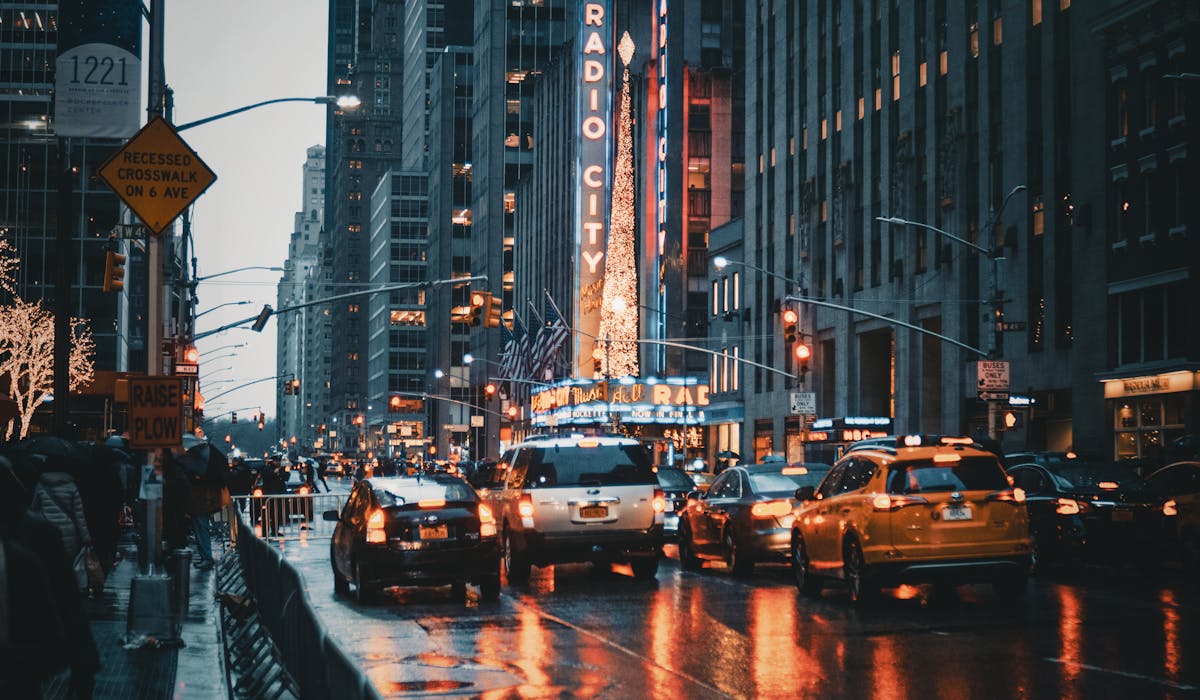The 6-Second Trick For Framing Streets
10 Easy Facts About Framing Streets Explained
Table of ContentsAll about Framing StreetsThe Buzz on Framing Streets7 Simple Techniques For Framing StreetsAn Unbiased View of Framing Streets

Both at the Museum of Modern Art (Mo, MA). Motivated by Frank, in the 1960s Garry Winogrand, Lee Friedlander and Joel Meyerowitz began photographing on the streets of New york city. Phil Coomes, writing for BBC News in 2013, claimed "For those of us interested in street digital photography there are a few names that stand out and among those is Garry Winogrand"; critic Sean O'Hagan, composing in in 2014, said "In the 1960s and 70s, he specified street digital photography as an attitude along with a style and it has actually laboured in his shadow since, so definitive are his pictures of New York." Going back to the UK in 1965 from the United States where he had fulfilled Winogrand and embraced road digital photography, Tony Ray-Jones turned a wry eye on typically unique groupings of British people on their vacations or joining celebrations.
Road photography is a huge genre that can be defined in lots of ways, however it is often defined by the spontaneous recording of an unrepeatable, fleeting minute, frequently of the daily going-ons of complete strangers. It is characteristically fired with wider angle lenses (e. g. 35mm) and generally features urban environments.
Not known Factual Statements About Framing Streets
Documentary photographers usually have a defined, premeditated message and an intention to record particular occasions in background (https://www.flickr.com/people/199855997@N03/). The gamut of the documentary approach encompasses aspects of journalism, art, education, sociology and history. In social investigation, documentary images are frequently meant to provoke, or to highlight the need for, societal modification
Street photography is generally viewed as unposed and candid, however there are a few street photographers that connect with unfamiliar people on the roads and take their portraits. Street pictures are unintended portraits taken of complete strangers while out doing road digital photography, nevertheless they are seen as positioned because there is communication with the topic.
e. 'candid photography' necessarily) for great art functions has been controversial. Photographing individuals and locations in public is lawful in a lot of countries safeguarding freedom of expression and journalistic liberty. There are normally limits on how pictures of people might be utilized and most nations have details legislations concerning people's personal privacy.
The smart Trick of Framing Streets That Nobody is Talking About
Of flexibility of expression. While also restricting photography in order to secure privacy rights, road digital photography can still be legal in France when pursued as an art type under specific circumstances.

. who simply strayed into a scene), or that are not even recognizable in the picture. https://soundcloud.com/framingstreets1. It additionally does not normally encompass people that are public numbers (e. g - Street photography. politicians or celebrities). If a photo is taken into consideration art, the courts will additionally think about the professional photographer's freedom of imaginative expression; indicating that "artful" road photography can still be legitimately released in certain instances
More About Framing Streets
Photographing the cops and releasing the photographs is also lawful.
In Hungary, from 15 March 2014 any person taking photographs is practically damaging the legislation if somebody wanders into shot, under a new civil code that bans taking pictures without the authorization of everybody in the photograph - sony a7iv. This broadens the regulation on grant consist of the taking of pictures, in enhancement to their magazine
'Covert photography' (kakushidori concealed, surreptitious photography) 'stolen digital photography' (nusumitori without intent of getting permission) and "rapid photography' (hayayori prior to authorization and refusal can be given) are prohibited unless in the former approval is acquired from the subject right away after taking the photo. Individuals have legal rights to their photos (shzken, droit de image).